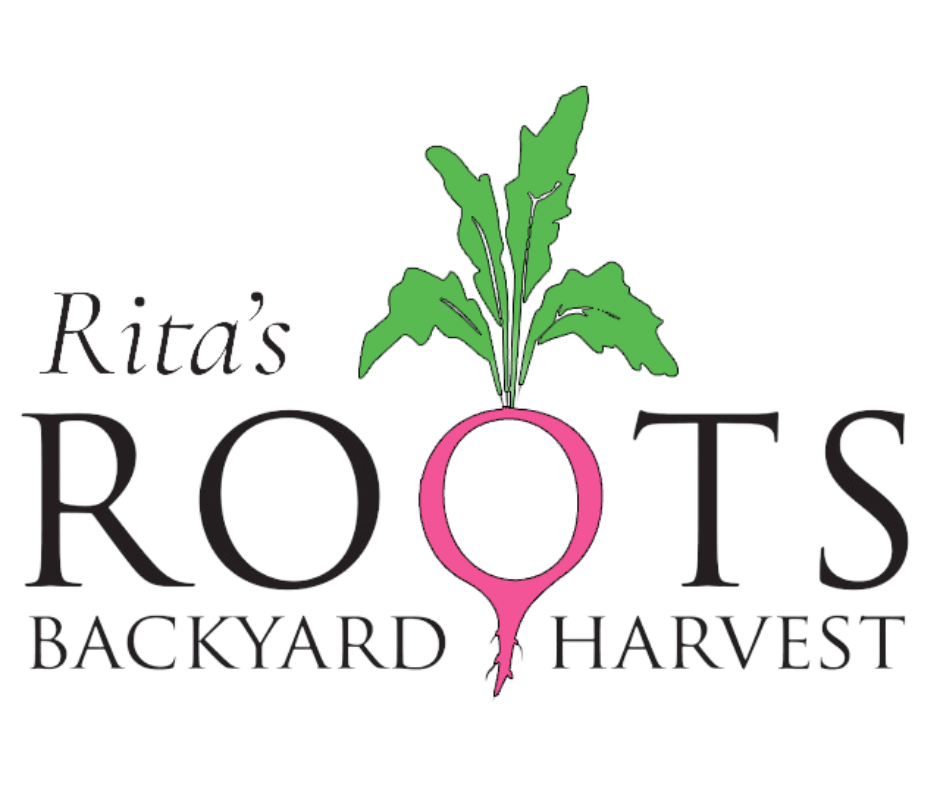Benefits of an Immunity Garden
HOW TO BOOST IMMUNITY IN YOUR OWN BACKYARD
Look no further than your own backyard to boost your immunity. At a time when the whole world is washing their hands and social distancing, we can fight diseases with plants in our organic gardens.
You can turn gardening into a Homeschooling lesson for your children by studying the vitamins and nutrients in each plant. Learn more tips about gardening with your children here.
4 IMMUNITY BOOSTING PLANTS
LEMONS
Lemons provide vitamin C and potassium.
They are delicious squeezed over sauteed greens, broccolini and in homemade salad dressings, including a double lemony homemade caesar dressing.
Most people could benefit from drinking more water, and adding lemons can make water more appealing. Throw in a sprig of mint to make it even tastier.
To learn more about the benefits of drinking lemon water in the morning, check out this article: Lemon Water in the Morning: Benefits and Myths.
ECHINACEA
This herb is commonly used to reduce the symptoms of colds, flu and other illnesses.
According to the USDA plant guide, the Plains Indians used Echinacea for coughs, colds, sore throats and even snake bites.
It is a perennial plant that is about 2 feet tall when mature.
GARLIC
Garlic is a low-calorie immunity-boosting superstar. According to WebMD, “One clove contains 5 mg of calcium, 12 mg of potassium, and more than 100 sulfuric compounds — powerful enough to wipe out bacteria and infection (it was used to prevent gangrene in both world wars).”
We harvest green garlic all spring long and use in a similar fashion as a scallion or leek – chopping and mincing the white stem and green stalk and using in place of garlic. We add to soups, sauteed veggies, and make our own fire cider.
In the Lowcountry, we plant garlic in the fall for a late spring harvest. Garlic bulbs are harvested in late April and early May. Garlic varieties are categorized in how they grow.
Hardneck varieties have a hard, woody stalk that forms in the center of the bulb and gives way to flowering stem, or a scape. They tend to have fewer but bigger cloves to the bulb.
Softneck varieties are the most popular variety smaller, more numerous cloves to the bulb that tend to be spicier than the hardneck variety.
Asiatic garlic is actually in the leek family and is the mildest in flavor with huge cloves, mostly known as elephant garlic.
ELDERBERRY
Elderberry, the dark purple berry from the European elder tree, is high in Vitamin C. Historically, people grew it for medicinal purposes throughout Europe and among the Native Americans of North America.
Elderberry was used to treat respiratory illnesses, such as congestion and allergies. The berries are used in pies, jellies, syrups and wine. Just be sure to cook them prior to consuming.
The flower cluster can be dipped in batter and fried while petals can be eaten raw or made into a fragrant tea.
GARDENING BOOSTS YOUR VITAMIN D
No matter what you plant, spending all that time outdoors gardening will boost your levels of Vitamin D.
Vitamin D, known as the sunlight vitamin, may protect against many diseases, including osteoporosis, heart disease and cancers.
RETURN OF VICTORY GARDENS
This pandemic has many people pondering what food security really means. Knowing how to grow our own food is more vital than we ever thought.
The increased interest in gardening during a global pandemic is not surprising. Historically, people have turned to their backyard gardens as a solution in times of crisis.
When the economy is unstable, and people start to worry about their loss of income, growing their own food is one way to cut expenses and become more self sufficient.
The term “victory garden” was created in World War I when Americans were asked to grow their own food. Creating a self-sufficient garden, no matter how small, became a symbol of patriotism and the American spirit.
According to a New York Times article, “Food Supply Anxiety Brings Back Victory Gardens” gardening is on the rise in response to this global pandemic.
“With panicked shoppers cleaning out stores, and basic foods like dried beans and potatoes becoming increasingly difficult to track down, even those with no gardening experience are searching for do-it-yourself YouTube videos on how to build a raised bed.” ~New York Times
LEARN TO GARDEN LIKE A LOCAL
It’s never too late to start gardening and reaping all of its health benefits! But getting started can be intimidating, especially in the Lowcountry where we have some fickle weather patterns and lots of pests to contend with.
We created the Garden Growers Club to give you a one-stop-shop where you’ll have all the education and resources you need to grow your own food in the Charleston area. Membership is good for 12-months (join anytime!) and includes:
Our curated Garden Growers Guide delivered straight to your Inbox 2x/month, with tips and instructions on exactly what to be planting, doing and harvesting in the garden at that time
Entry into our private Facebook group, where you can ask your individual questions and get them answered by our Garden Gurus (it’s like having a 1:1 garden coach in your back pocket!)
24/7/365 access to our online members portal chock full of resources including PDF guides on fruits, vegetables, planning, maintenance and pests; how-to videos and pre-recorded masterclasses
10% off ALL in-person and online purchases
Early access to our in-person plant sales (no waiting in line!)
Stop searching for vague answers online, hoping you can get your garden to grow — join us in the Garden Growers Club and get the abundant garden you’ve dreamed of!

